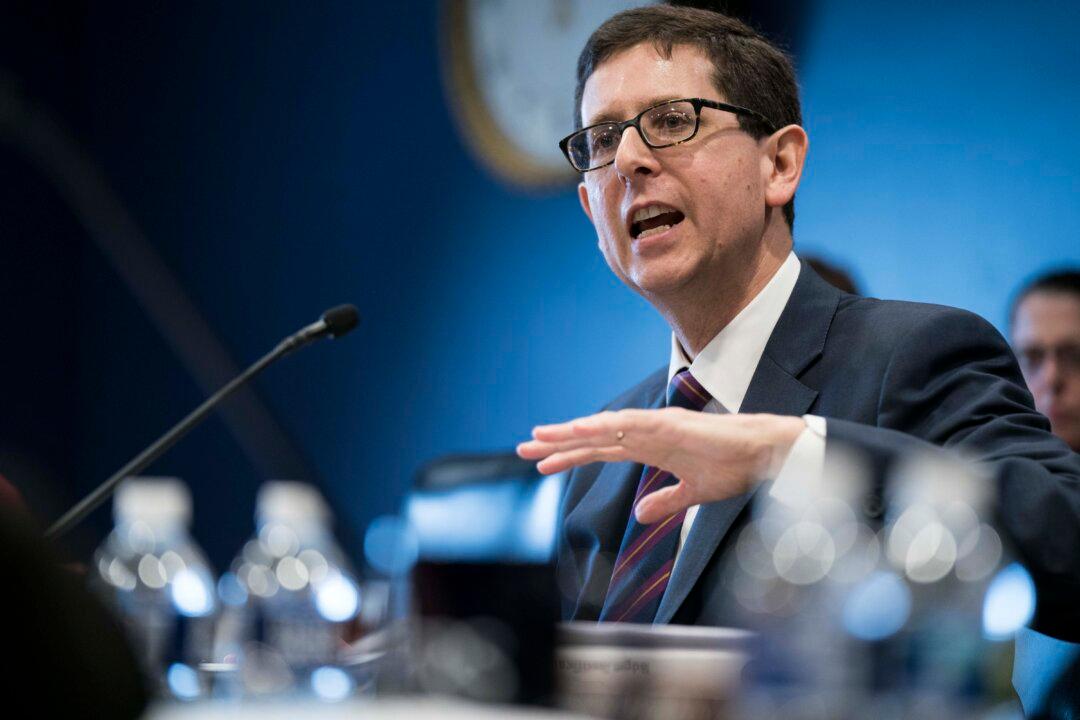The Congressional Budget Office (CBO) said Monday that while it expects the economy to bounce back sharply as social distancing restrictions ease in the third quarter of 2020, there will be an overhang of relatively high unemployment through the end of next year.
CBO analysts projected in a report (pdf) released Monday that after hitting 14.7 percent in April to set a post-World War Two record, unemployment in America will peak at 15.8 percent in the third quarter of this year and remain at a lofty 8.6 percent in the fourth quarter of 2021.





